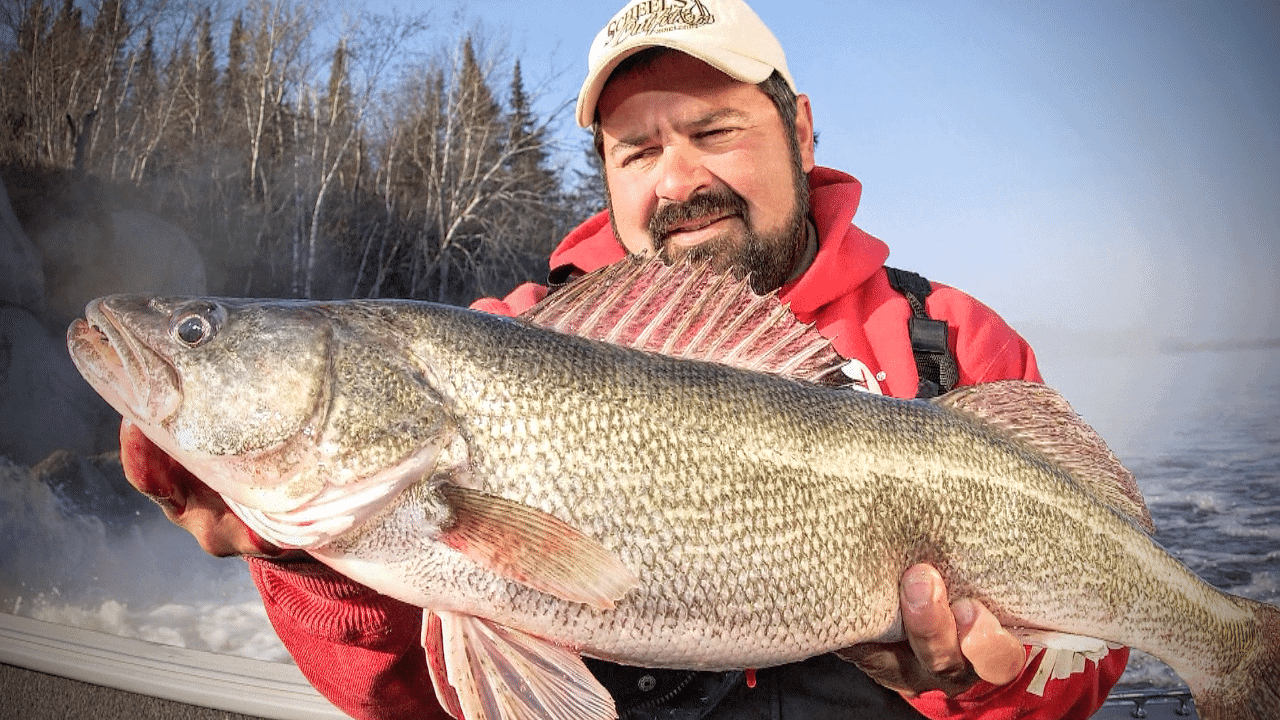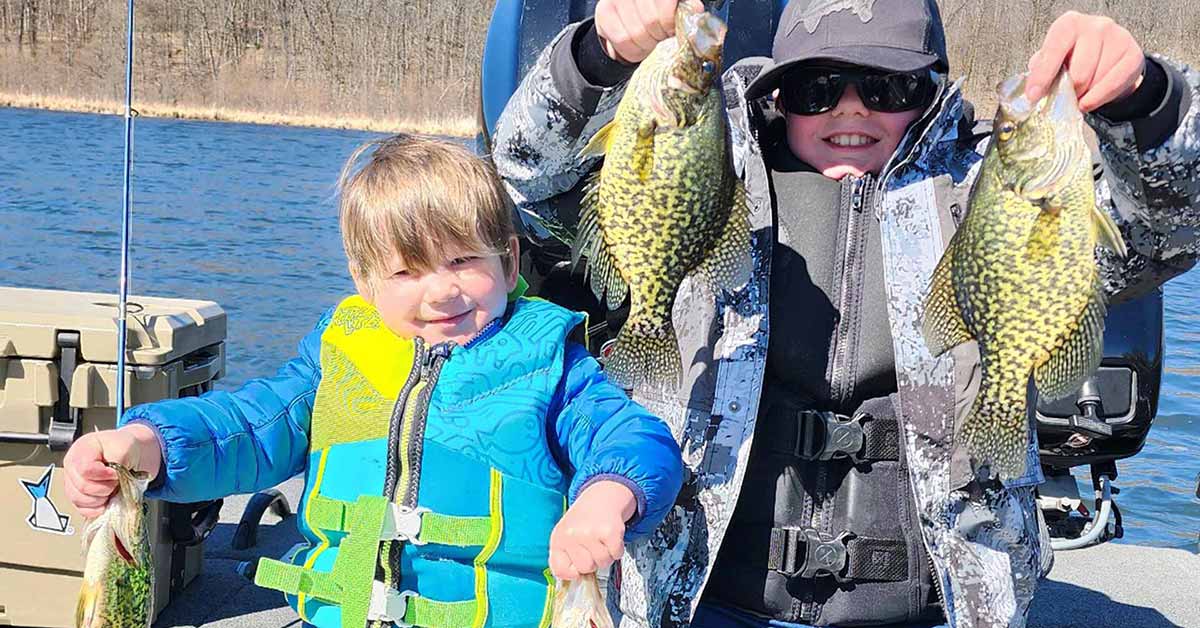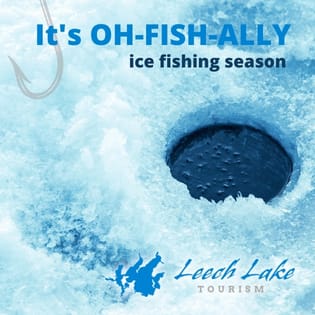What Does It Take to Become a Walleye Master?
Called “walleyed pike” by some, walleyes are actually part of the perch family.
But the nickname “marble eyes” fits. Equipped with specially-adapted cells on the retina called Tepetum Lucidum, the walleye’s bulging, glossy, and reflective eyes are built for low-light feeding.
This can make catching walleyes a puzzle, with optimal feeding windows during twilight and after dark. By the same token, walleyes are efficient feeders in waters with little light penetration: deep waters, rivers the color of chocolate milk, tannin-stained lakes of the north, or wind-churned waters of the west. That’s good news for anglers on those waters – nothing beats a bankers hours walleye bite.
Yet, nothing’s cut and dried when it comes to walleyes. They might have been on steep breaks yesterday, weeds today, and rocks tomorrow. Or gravel and sand, wood, current areas, points, sunken islands and reefs, hard-soft bottom transitions, and subtle depressions on featureless flats.
Yes, big Eyes can be virtually anywhere.
But they will feed during the day, even on clear waters and full sun — it’s just being in the right place at the right time, and matching the hatch, so to speak. It could be shiners, perch in weeds, mayfly larvae over mud, or tulibees in the open basin.
Still, understanding their feeding behavior is only part of it. True walleye masters have become adept at how to draw instinctive, aggression strikes, even when walleyes aren’t hungry.
Artificial walleye ways we might have scoffed at not long ago have proven their merit. The Jigging Rap has become a fish-catching phenomenon; spinnerbaits are tapping difficult-to-reach bites over submerged trees; and more anglers are getting on the meatless, plastics train.
Of course, there are still situations when live bait jigging, rigging, and slip-bobber’ing can crack a walleye bite like nothing else, but anglers are discovering that the road to walleye mastery is equal parts power and finesse.
The trolling game, too, has become a real science, as anglers know precise crankbait depth curves, can cover wide swaths of water with long rods and planer boards, and all zones of the water column thanks to advances in lead-core line.
Today’s walleye whiz also knows electronics inside out, using GPS, high-definition lake mapping, and down- and side-looking technologies to understand the when, why, and where of walleye location. It would seem that the days of the primitive flasher and paper lake maps is ancient history.
And not to forget advances in boat control, a huge part of the puzzle: “smart” trolling motor technologies keep us trolling precise paths and electronically-anchored spot-on-the-spot. Similarly, shallow-water anchors keep us pinned right where the action is in skinny and windy waters with the press of a button.
But even with all of this, is walleye mastery possible?
Given today’s arsenal of equipment and tactics, the path is certainly quicker than ever. But no amount of “stuff,” will ever take the place of thinking like the marble-eyed opponent, putting in countless hours in pursuit, and building a lifetime of experiences that help us understand this truly amazing fish.










